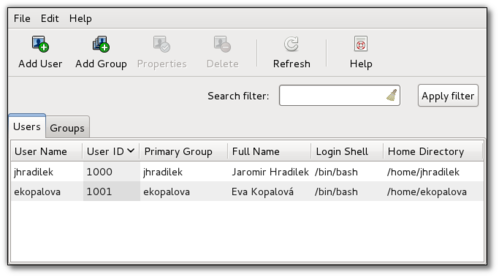DATA TYPES IN HIVE
Hive data types are categorized into two types. They are the primitive and complex data types.
The primitive data types include Integers, Boolean, Floating point numbers and strings. The below table lists the size of each data type:
The complex data types include Arrays, Maps and Structs. These data types are built on using the primitive data types.
Arrays: Contain a list of elements of the same data type. These elements are accessed by using an index. For example an array, “fruits”, containing a list of elements [‘apple’, ’mango’, ‘orange’], the element “apple” in the array can be accessed by specifying fruits[1].
Maps: Contains key, value pairs. The elements are accessed by using the keys. For example a map, “pass_list” containing the “user name” as key and “password” as value, the password of the user can be accessed by specifying pass_list[‘username’]
Structs: Contains elements of different data types. The elements can be accessed by using the dot notation. For example in a struct, ”car”, the color of the car can be retrieved as specifying car.color
The create table statement containing the complex type is shown below.
The primitive data types include Integers, Boolean, Floating point numbers and strings. The below table lists the size of each data type:
Type Size ---------------------- TINYINT 1 byte SMALLINT 2 byte INT 4 byte BIGINT 8 byte FLOAT 4 byte (single precision floating point numbers) DOUBLE 8 byte (double precision floating point numbers) BOOLEAN TRUE/FALSE value STRING Max size is 2GB.
The complex data types include Arrays, Maps and Structs. These data types are built on using the primitive data types.
Arrays: Contain a list of elements of the same data type. These elements are accessed by using an index. For example an array, “fruits”, containing a list of elements [‘apple’, ’mango’, ‘orange’], the element “apple” in the array can be accessed by specifying fruits[1].
Maps: Contains key, value pairs. The elements are accessed by using the keys. For example a map, “pass_list” containing the “user name” as key and “password” as value, the password of the user can be accessed by specifying pass_list[‘username’]
Structs: Contains elements of different data types. The elements can be accessed by using the dot notation. For example in a struct, ”car”, the color of the car can be retrieved as specifying car.color
The create table statement containing the complex type is shown below.
CREATE TABLE complex_data_types ( Fruits ARRAY<string>, Pass_list MAP<string,string>, Car STRUCT<color:string, wheel_size:float> );
